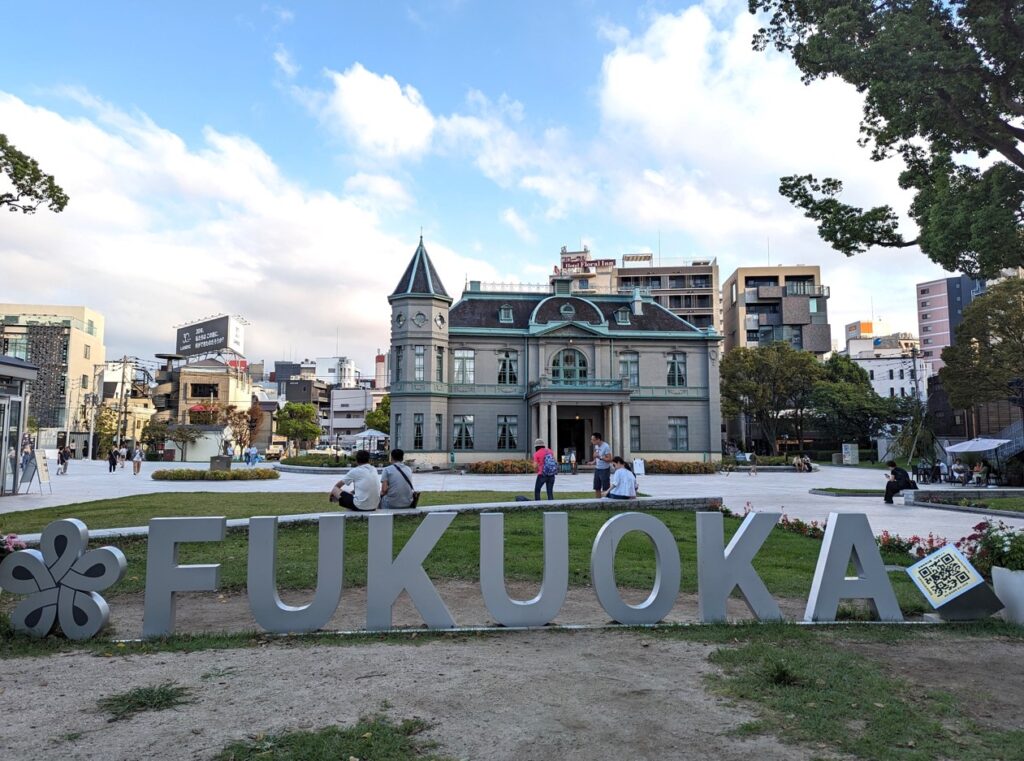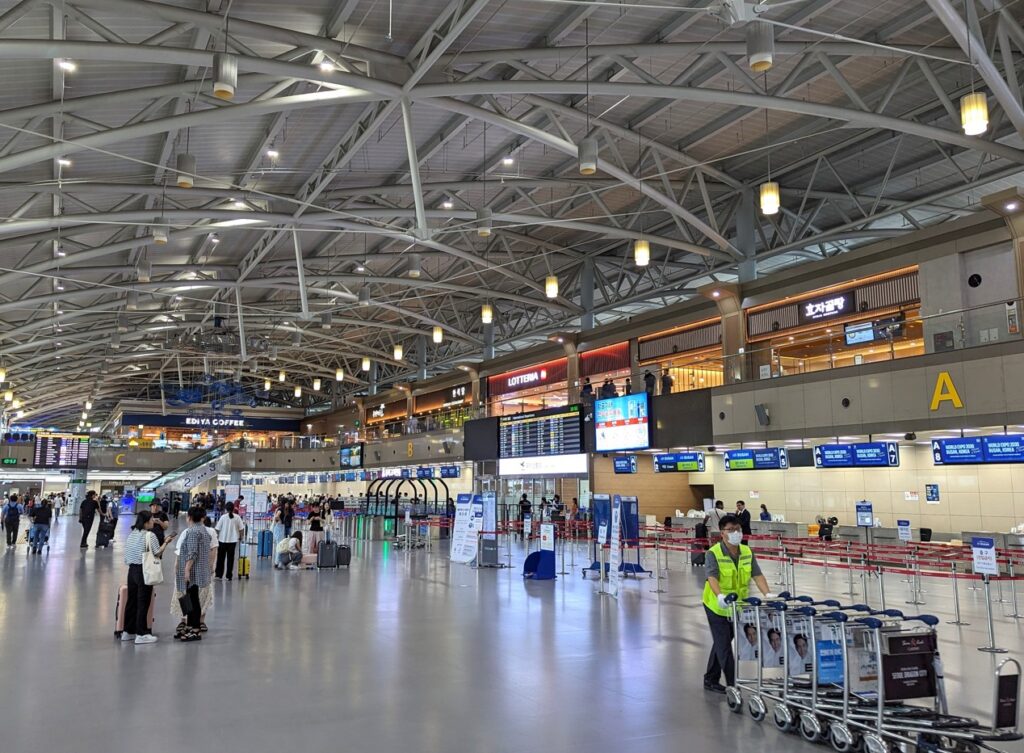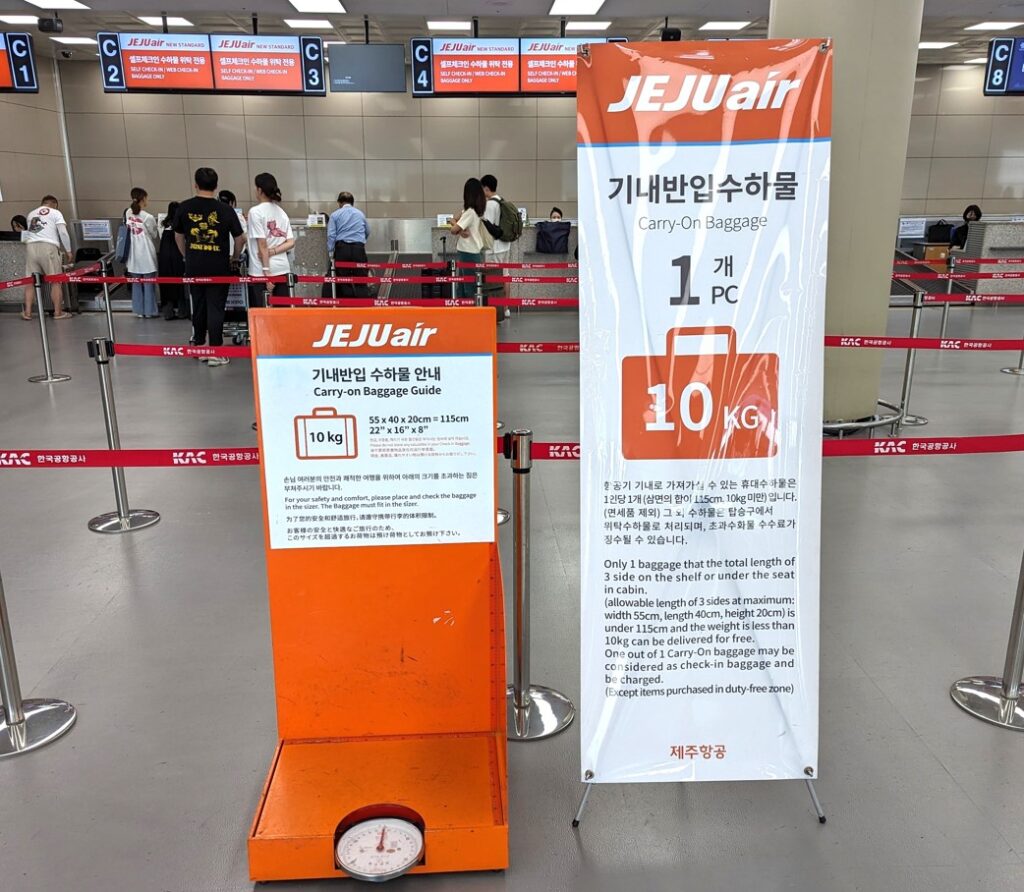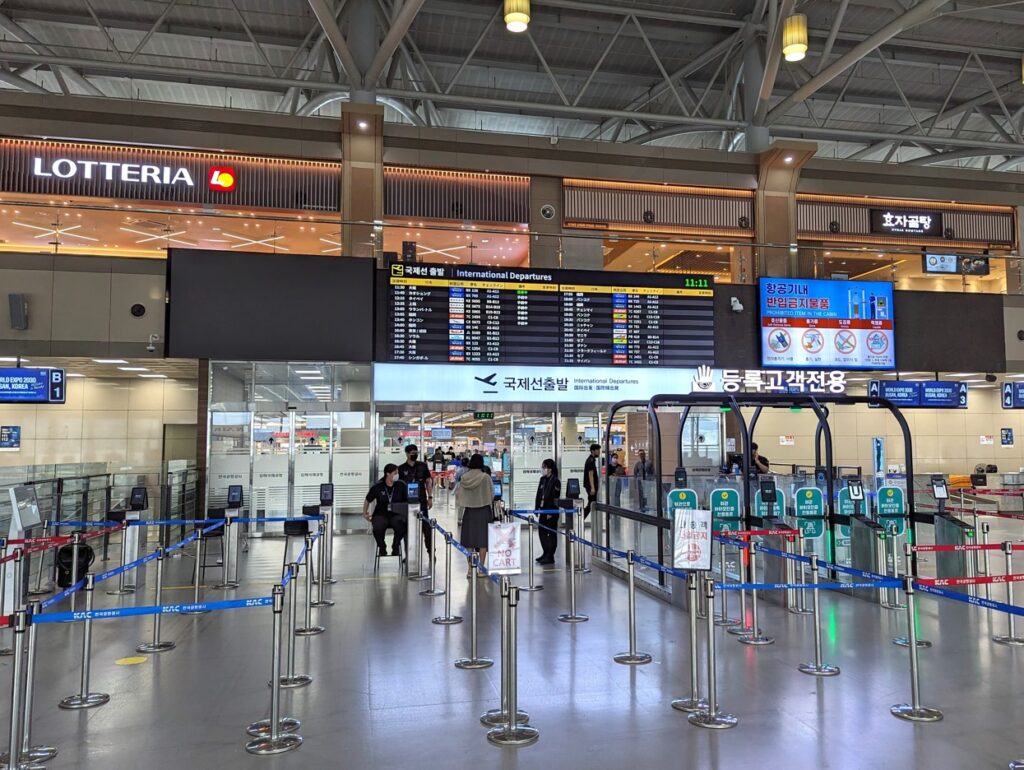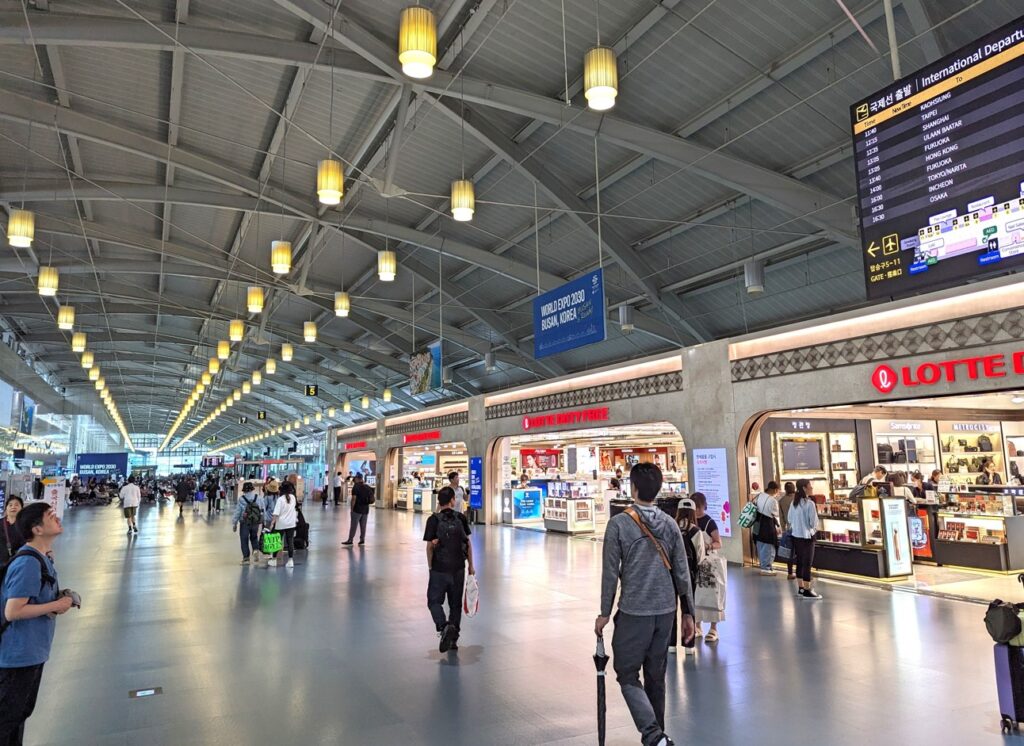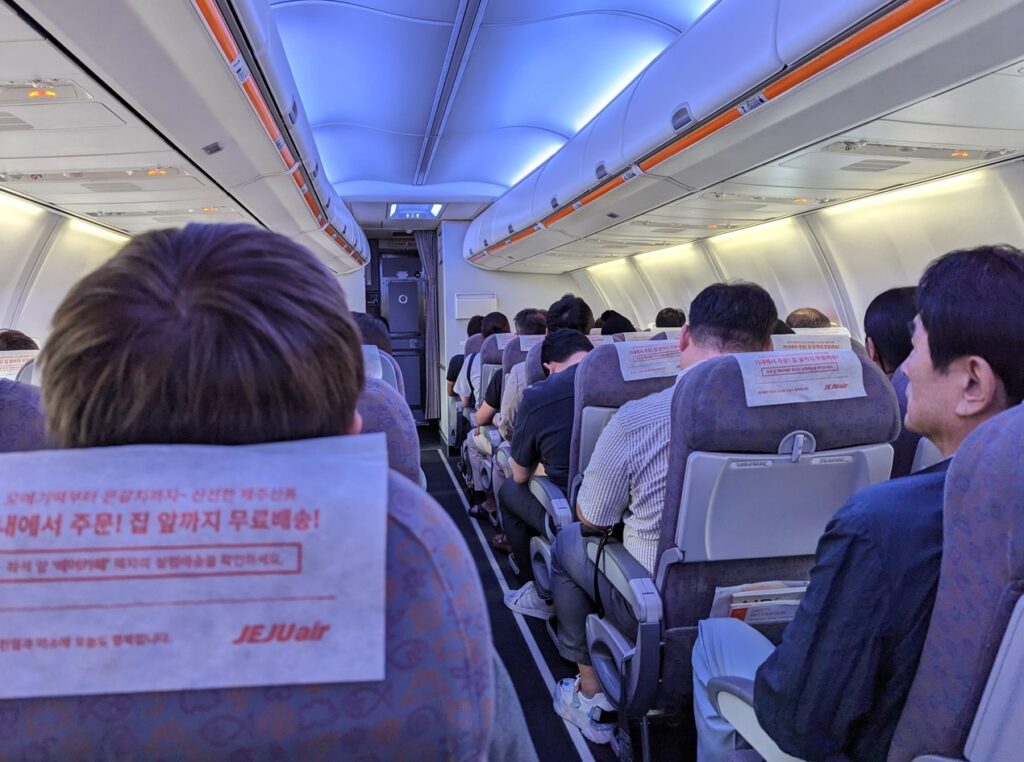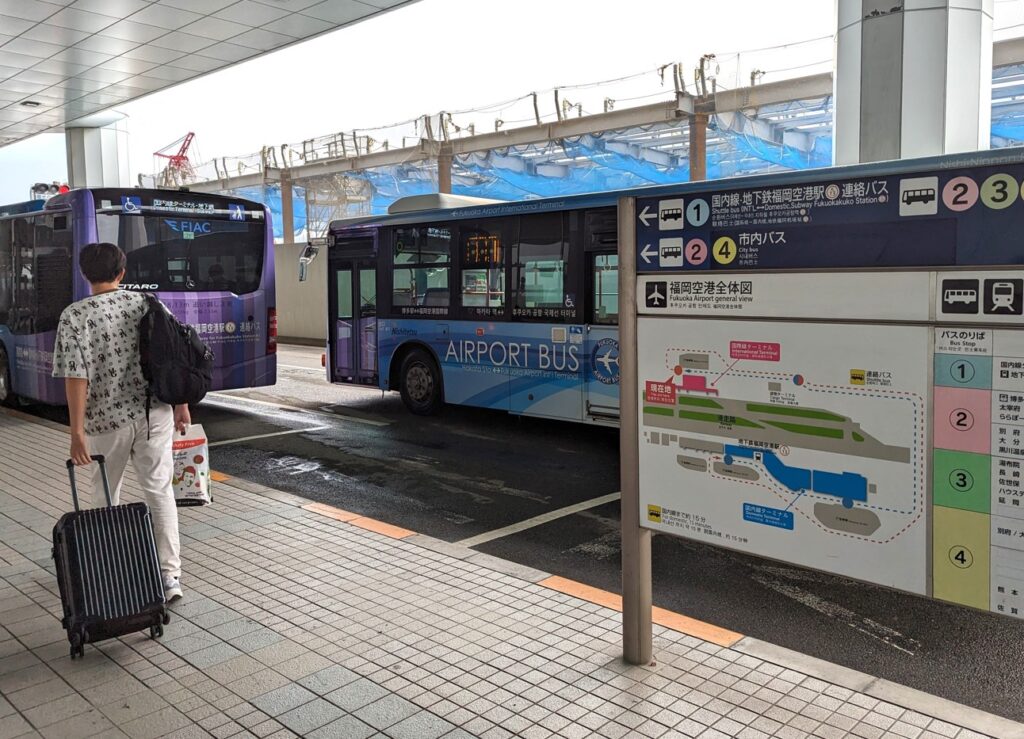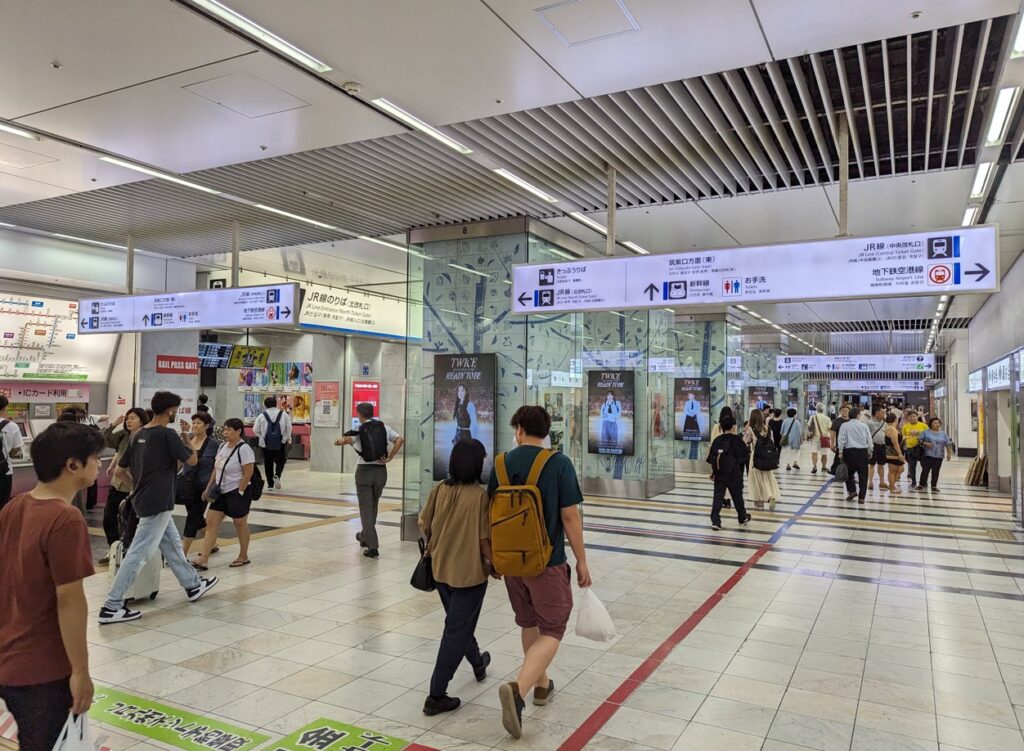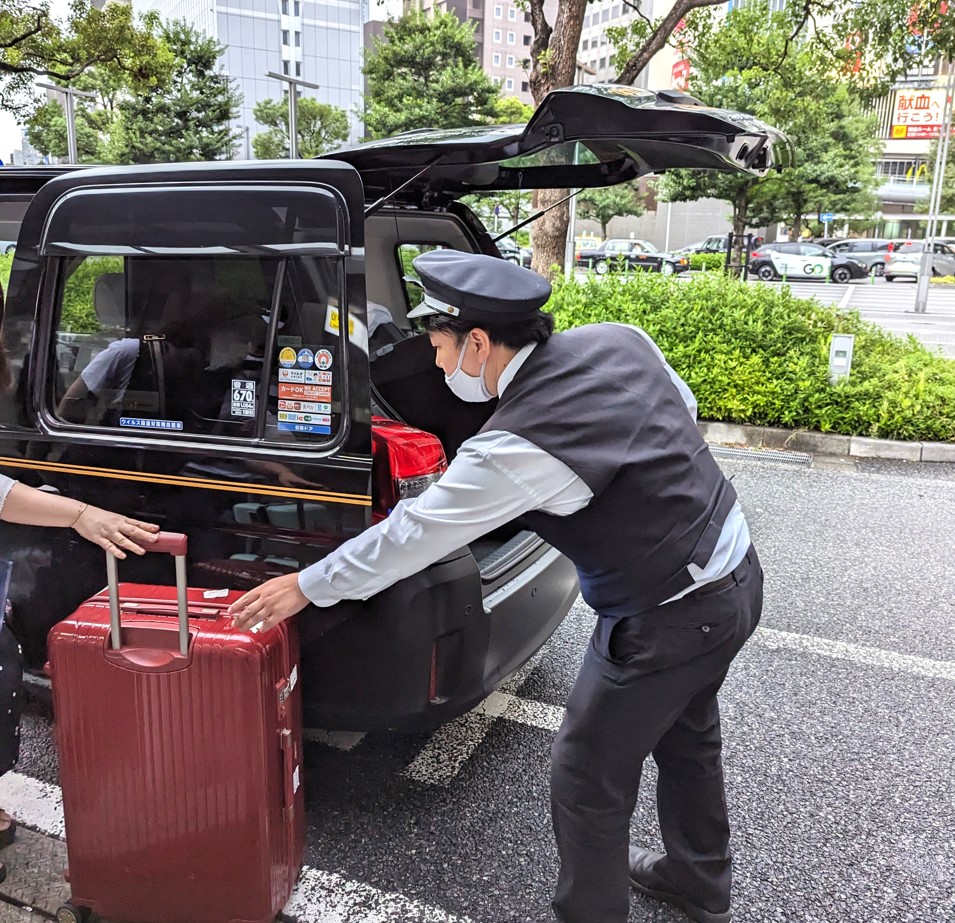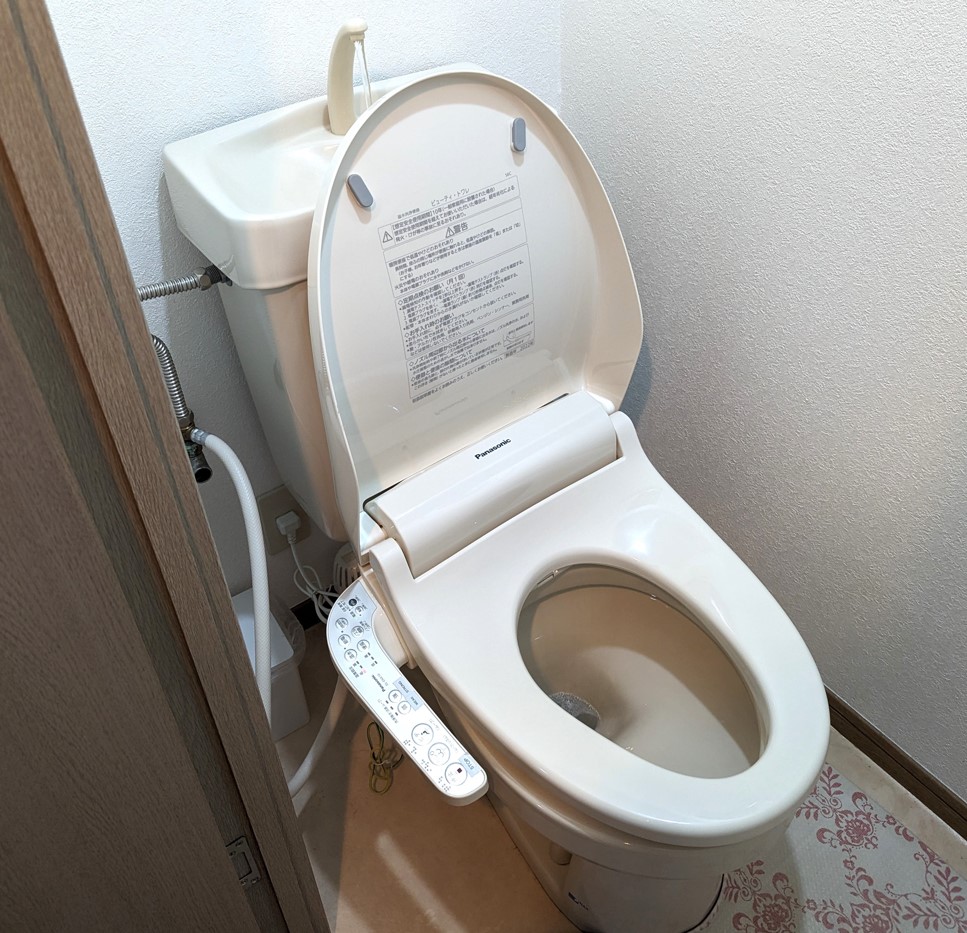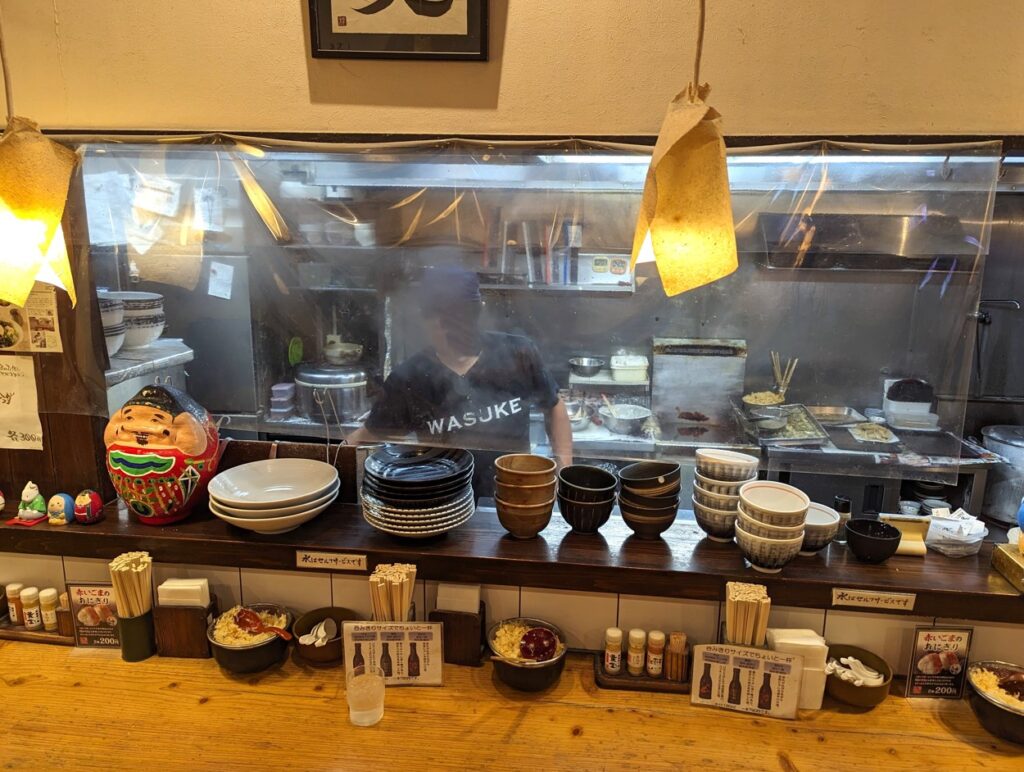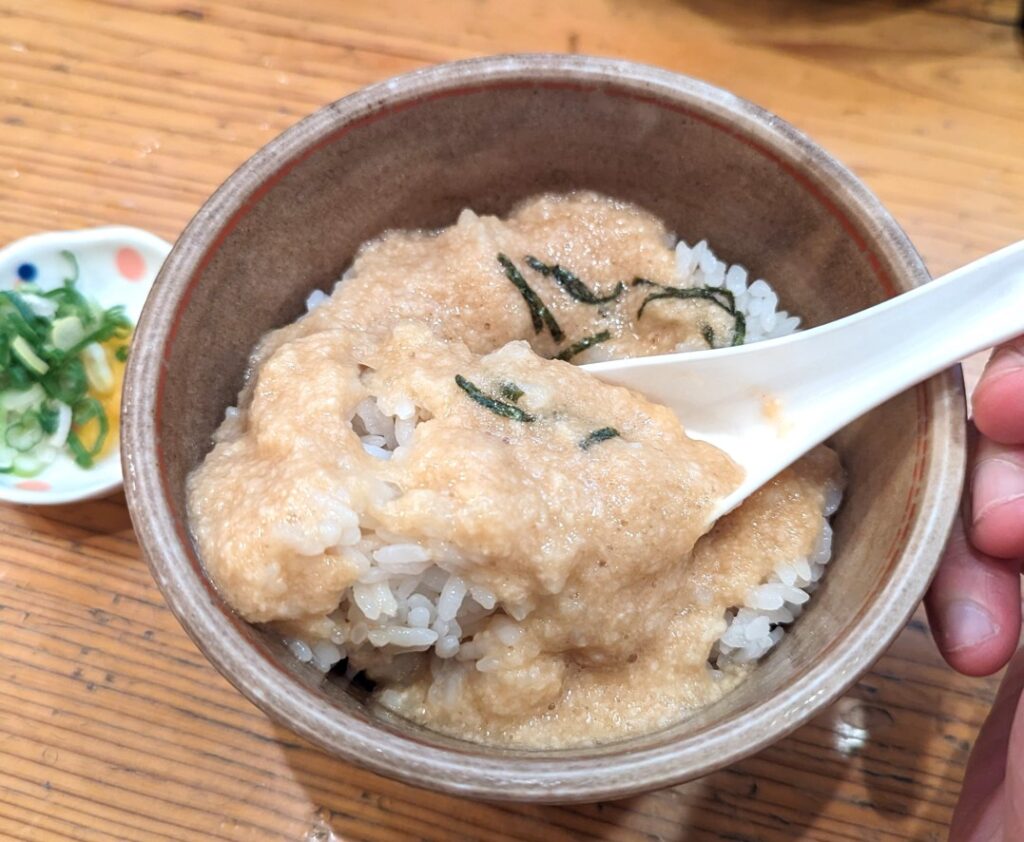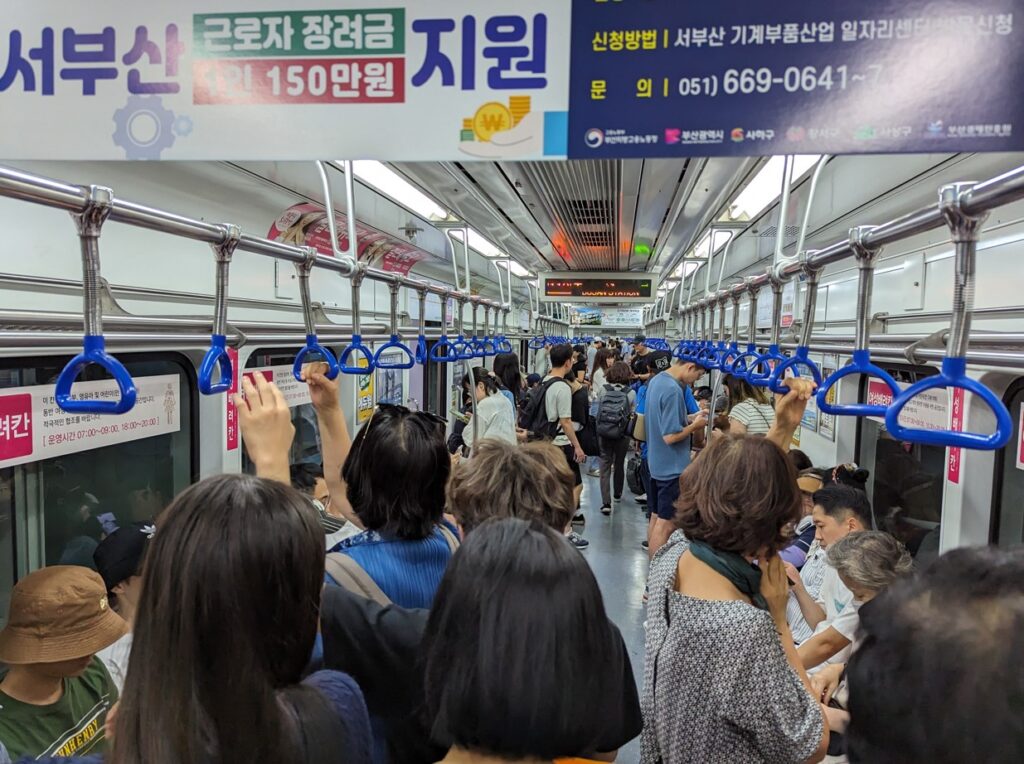
Want personalised recommendations for your travel in Fukuoka?
Catch this postcard view next to the water on the border of Nakasu.
Goodbyes are never easy. It’s a cliche statement but it’s true. The best way I’ve found to soften emotions is to know that everything comes to an end at some point. The best effort one can make is to appreciate that the moment was experienced.

Garry Ho
Garry was born in Hong Kong but moved to Sydney, Australia at an early age.
It always feels better to arrive at airports earlier. That way, unpredictable waits at check-in don’t feel so stressful, and you have time to process the memories of the city you just spent time in. Airports can simultaneously bring out excitement, tearfulness, and nostalgia.
Gimhae International Airport is the main one serving Busan, and is located on the western side of the city. I appreciated the soaring curvature of the roof and the clean, efficient environment inside.
Jeju Air is South Korea’s largest low-cost airline. It was my first time flying with them and as with usual first-time experiences, I was excited. My flight ticket cost 110 AUD. Although it’s more expensive than the option of catching a ferry (to Fukuoka), the 45-minutes it took to arrive was among the fastest plane rides I’ve experienced.
Fukuoka is in the north of Japan’s Kyushu island. It’s the busiest city there, well-known for Tonkotsu ramen, “yatai” outdoor stalls, and temples. If you’re looking to go straight to Fukuoka’s central area of Hakata, you can catch a shuttle bus from the airport. Payment can be via international credit card.
A tip for travelling in Japan is to keep cash on you at all times. International credit cards and payment systems like Visa & Mastercard are accepted at chain shops and department stores. However, many of the ticket-based small restaurants only accept cash, or PayPay (a Japanese application).
If you haven’t stayed in a Japanese accomodation before, be prepared for lower ceilings, narrower corridors, and generally smaller rooms. The word to describe my Airbnb near Befu station is … compact and mini.
If you’re in the areas of Ropponmatsu or Befu in Fukuoka, there’s a restaurant called Udon Wasuke that’s worth visiting. Their noodles are made from the moment you order (I watched this happen), and there is an English menu.
Discover more

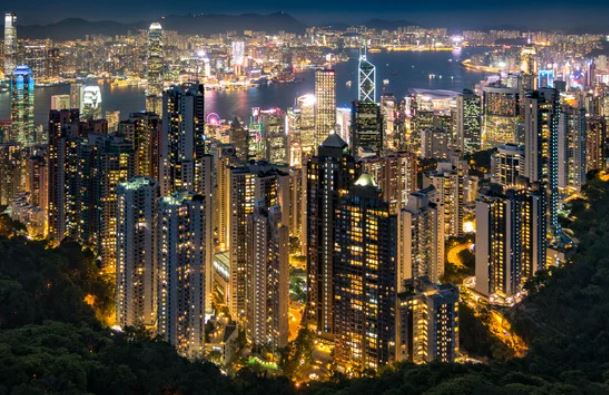
A Description of life in Hong Kong
March 8, 2022
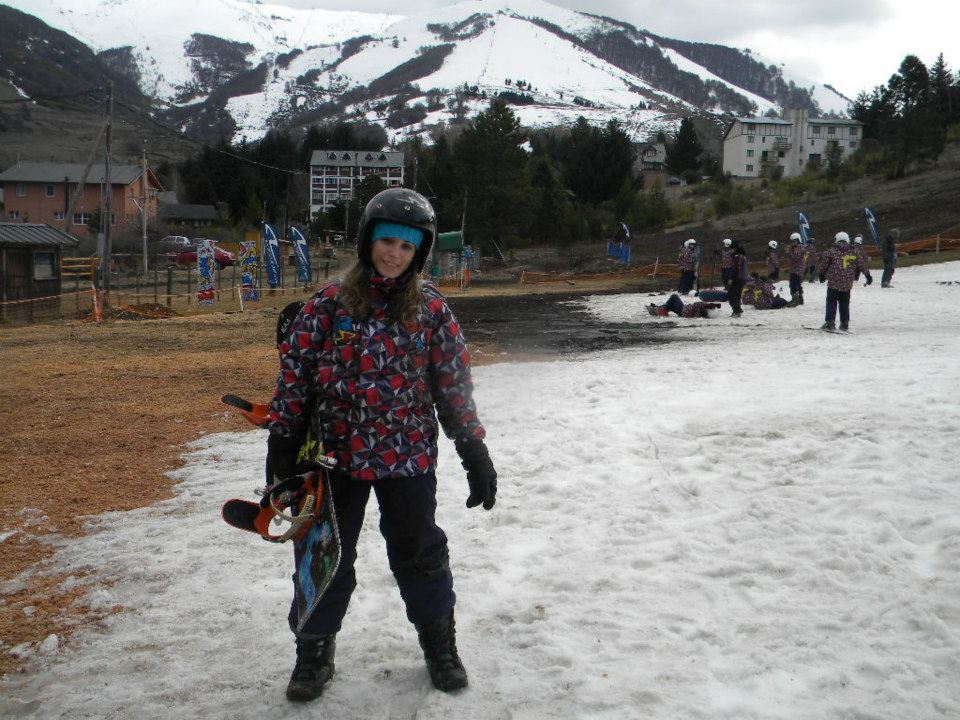
Five phrases to know when travelling in Argentina
July 30, 2022
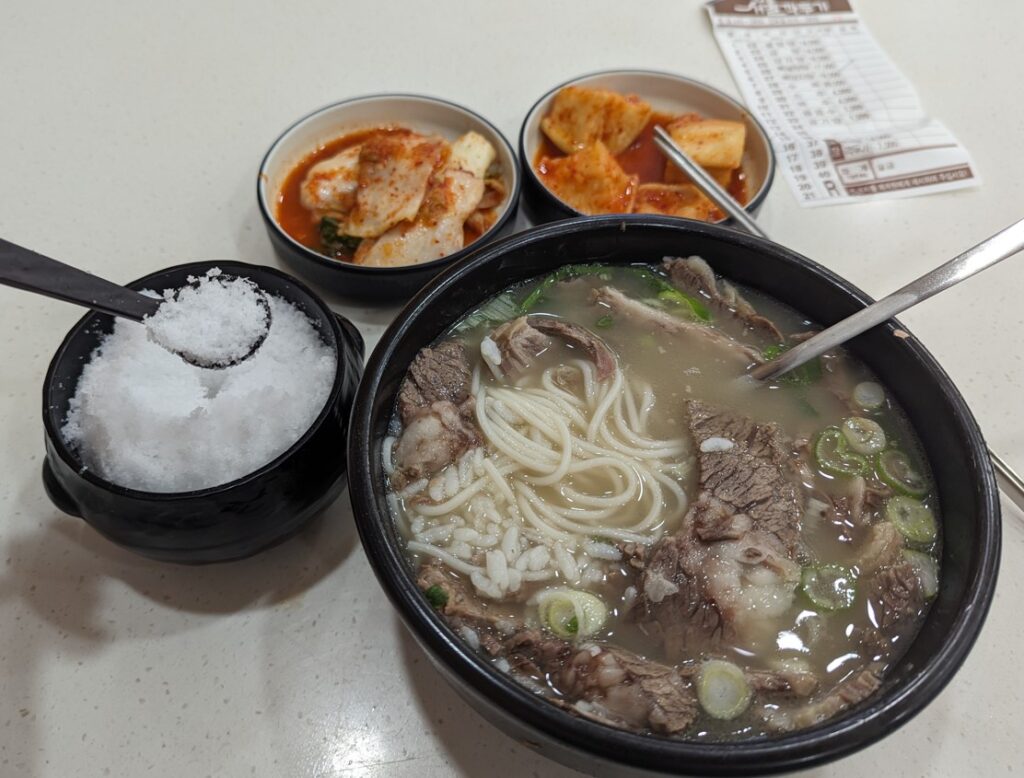
Food and cafe experiences around Nampo Station
September 26, 2023
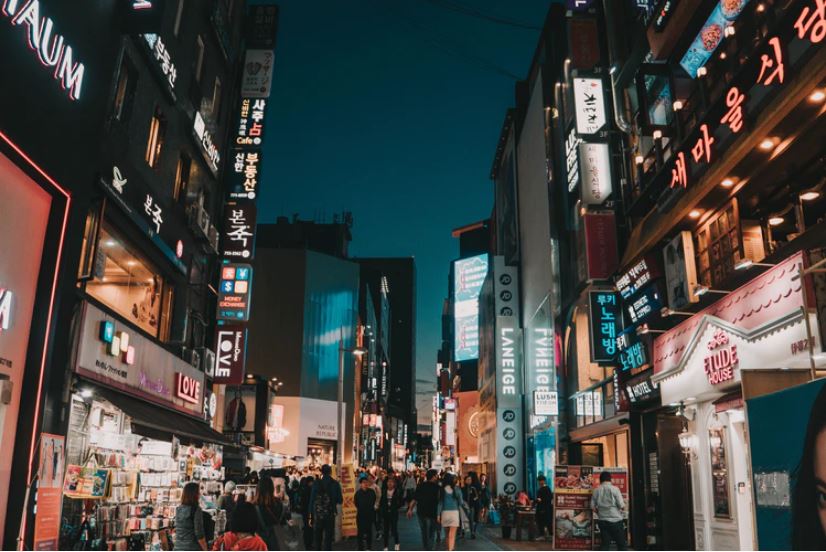
5 Facts about Life in South Korea
June 28, 2021

Saturday nights with Busan Aussie Club
September 2, 2023
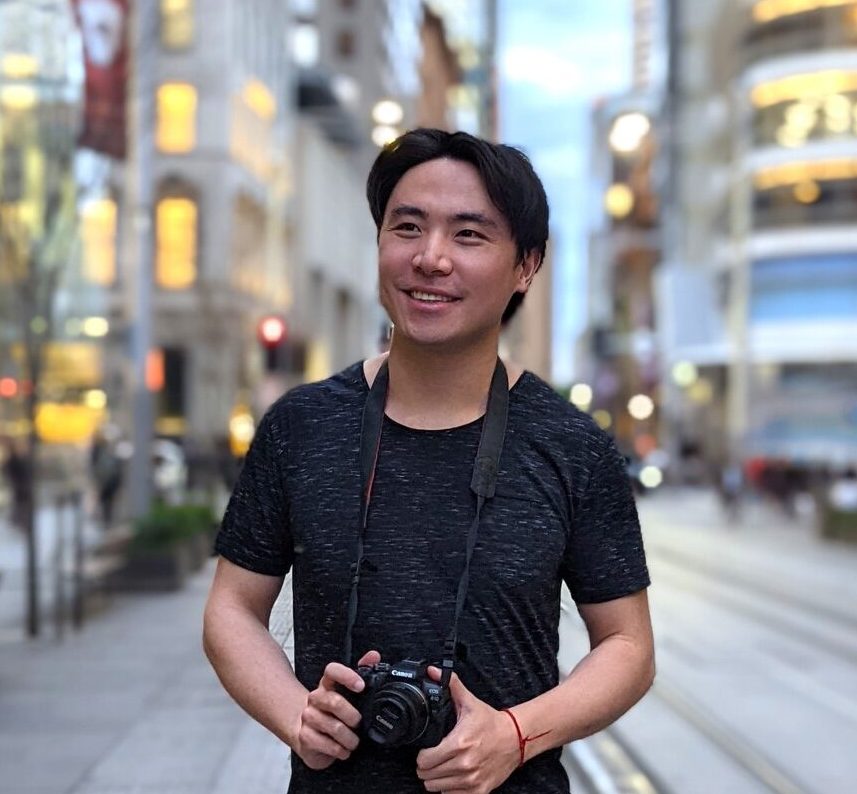
It takes just a minute 🙏
My name is Garry Ho, I’m the founder.
If you have enjoyed our content and found it helpful, please consider supporting us.
All major cards are accepted.

